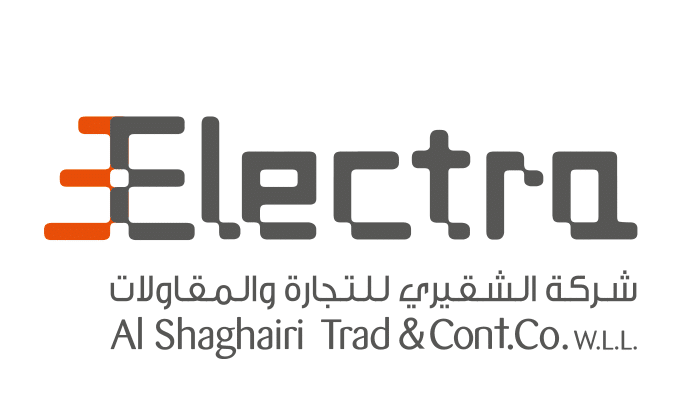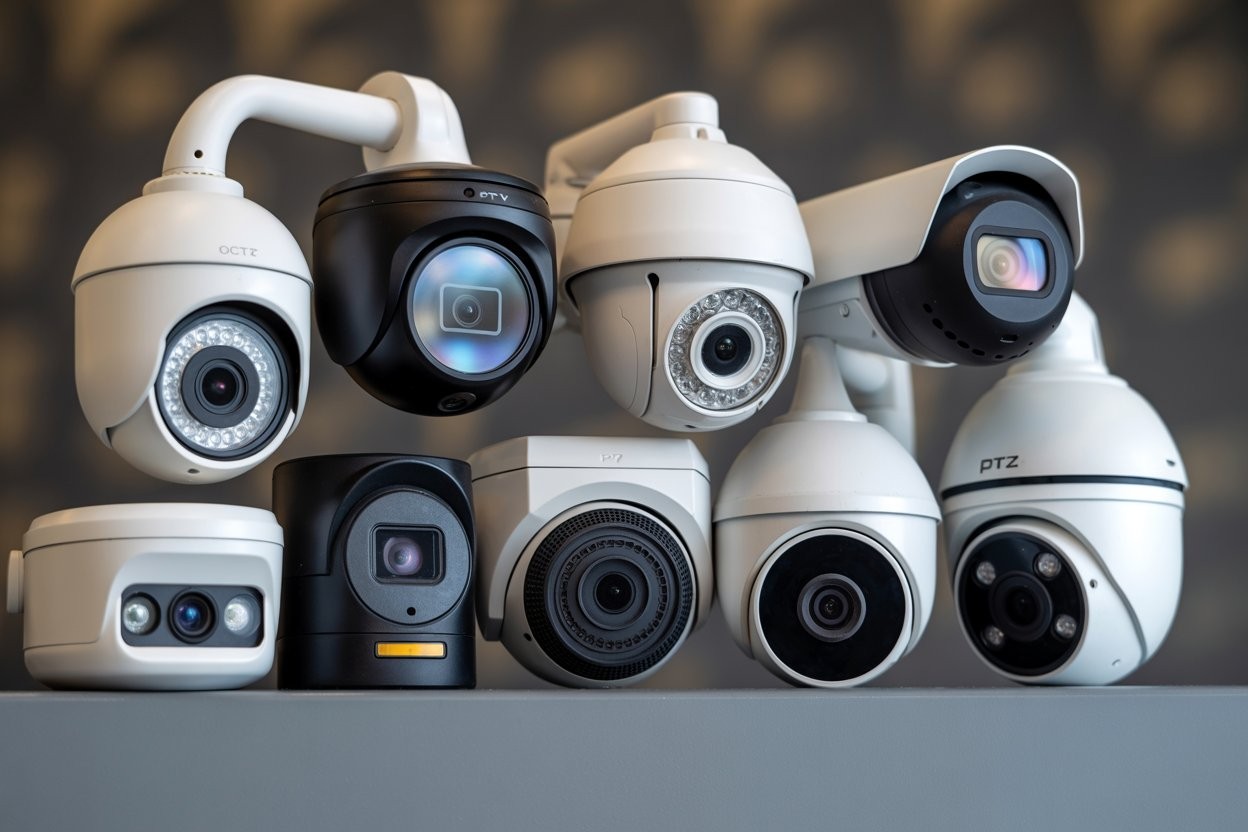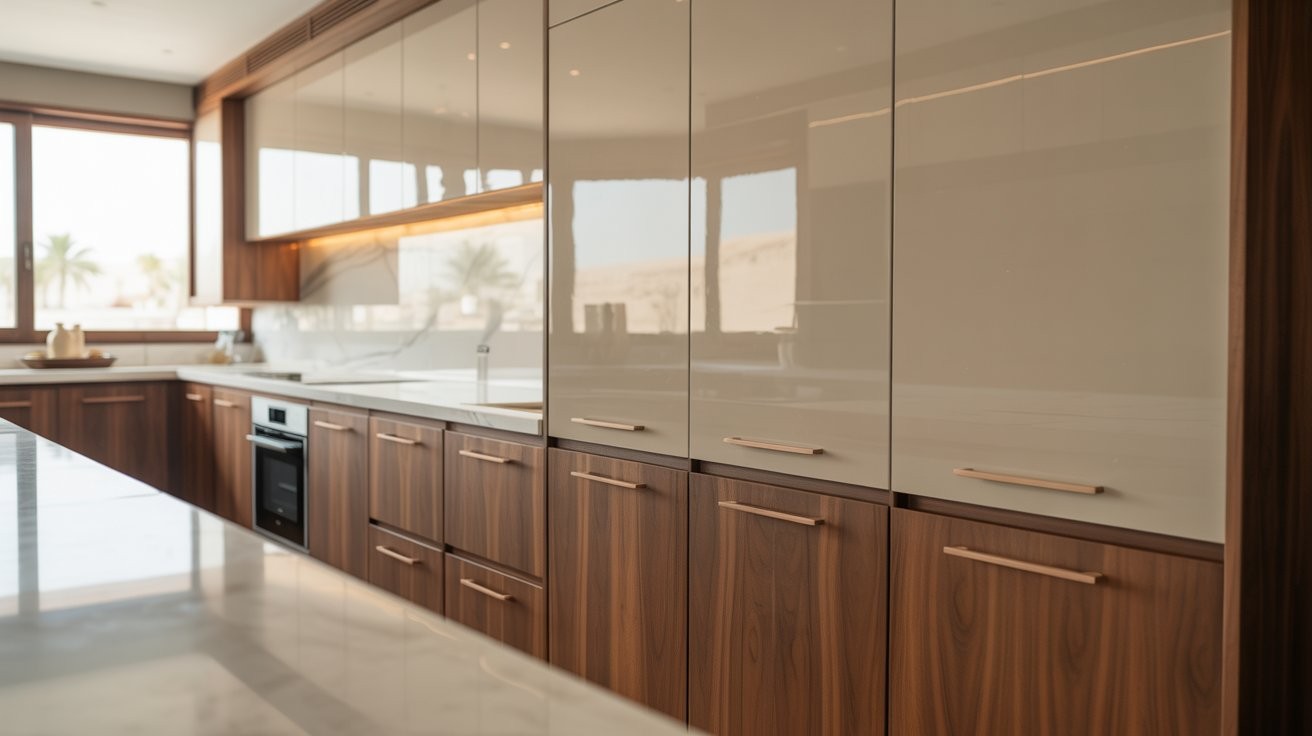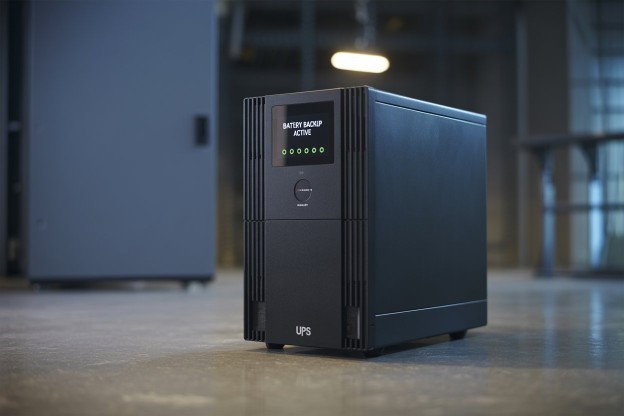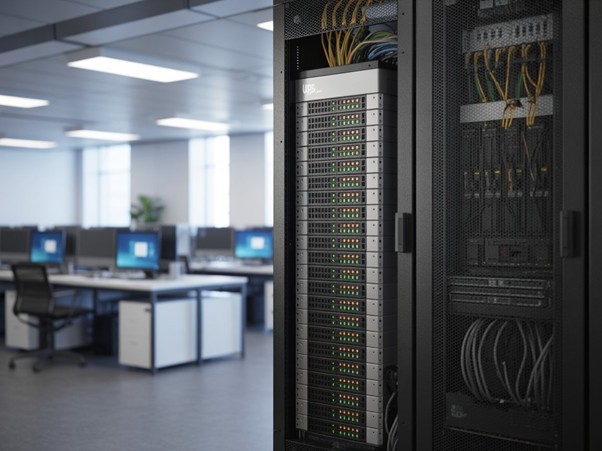Closed-Circuit Television (CCTV) systems play a critical role in telecommunications infrastructure, including public and private buildings as well as residential homes. In Qatar, the proliferation of surveillance systems has increased exponentially due to safety concerns, legal requirements, and advancements in technology. This post aims to discuss the various forms of CCTV cameras in Qatar and their features to aid you in selecting the right camera.
1) Analog CCTV Cameras
Like all other kinds of digital cameras, analog CCTV cameras are one of the earliest types of CCTV systems. Their videos are transmitted through coaxial cables to be recorded into a DVR, which stands for digital video recorder. The DVR is a computer-based device that receives the video from the coaxial cables, enables archiving, editing, and playing back part or all of the stored video. Often, analog CCTV cameras are inexpensive and easy to set up. Modern AHD (Analog High Definition) cameras are able to provide resolutions that go up to 1080p. Although sufficient for basic situations, analog systems still lack advanced capabilities such as smart analytics, remote access, and specialized features.
2) IP (Internet Protocol) CCTV Cameras
IP CCTV cameras are the next step in surveillance technology. They differ from analog cameras since they digitally transmit video over a network, using Ethernet cables or Wi-Fi. With IP cameras, motion detection, facial recognition, and object tracking are possible, along with higher image resolutions of 2MP to over 12MP. They are highly scalable and best suited for complex environments like airports, malls, and corporate campuses.
3) PTZ (Pan-Tilt-Zoom) Cameras
PTZ Cameras are actively monitored due to their ability to be zoomed in on, panned left, right, tilted up, or down remotely. This makes them ideal for large outdoor stadiums, parking lots, and industrial zones. They can also be preset to follow a patrol path or autonomously track moving objects. These cameras are an essential component of any high-security surveillance setup. Their versatility, coupled with the wide coverage area, is simply invaluable.
Read more: How CCTV Cameras Improve Business Security Systems
4) Bullet Cameras
You can easily recognize bullet cameras thanks to their cylindrical shape, which is long and narrow. Typically, they are installed on the walls or ceilings. Moreover, they are geared for outdoor use due to their weatherproof casing. Bullet cameras have either a fixed or variable focal length, making them perfect for viewing long-distance locations like perimeters, entrances, and highways. Moreover, their visible presence increases the likelihood of intruder deterrence.
5) Dome Cameras
Dome cameras are small and sleek, making them popular for indoor use in retail stores, hotels, and offices. The dome-shaped casing makes it difficult to determine the camera’s line of sight, which increases both the element of discretion and surprise. Dome cameras can be supplied with fixed or varifocal lenses, and many models offer protection against vandalism. Because of their unobtrusiveness and wide-angle view, they are greatly preferred for indoor surveillance.
6) Box Cameras
Box cameras provide flexibility through interchangeable lenses based on the desired viewing angle and focal length. Box cameras are used for targeted surveillance, such as cash register or license plate monitoring. Even though these types of cameras are bulkier and more visible than dome or bullet cameras, they do excel with their adaptability and image quality features.
7) Infrared (IR) and Day-Night Cameras
Day-night and infrared (IR) cameras are vital for surveillance purposes, especially when needed 24/7. They include infrared LEDs that allow the cameras to capture images in total darkness. During the day, day-night cameras switch to color images, and at night, they switch to black-and-white, allowing monitoring regardless of lighting. This is critical for places with low or no light levels, such as warehouses or parking garages.
8) ANPR / LPR Cameras
Automatic Number Plate Recognition (ANPR) or License Plate Recognition (LPR) cameras specialize in scanning and reading car plate license plate codes. Such cameras find extensive uses in gated communities, at the toll booths, at the parking areas, as well as in the traffic security systems. The ANPR cameras are designed to operate in various lighting and weather conditions and also read vehicle plates at high speeds. Their data can be integrated with access control systems to enhance security.
9) Spy or Secret Cameras
The hidden cameras resemble their surroundings, which is why they are often incorporated into everyday objects like smoke detectors, wall clocks, or electrical outlets. Such cameras are applied secretly where it is not appropriate to have any obvious form of monitoring. These are mostly introduced in delicate places like secret offices, hotel rooms, and investigation activities. There must always be legal compliance with hidden cameras since illegal surveillance may result in legal action.
10) Smart and AI-Enabled cameras
The future of surveillance is the AI-enabled CCTV cameras. These cameras apply artificial intelligence to offer real-time analytics, including facial recognition, behavioral analysis, object detection, and crowd management. AI cameras are able to distinguish people, cars, and objects and can identify the threat much more accurate and accordingly respond to it. They are applied universally in high-security places, such as airports, banks, and government documents. They are more expensive, but well worth making the investment as they are advanced and have high capabilities.
Key Considerations When Choosing CCTV Cameras in Qatar
When selecting the right CCTV camera, consider the following factors:
- Purpose and Location: Define whether the camera will be used indoors or outdoors, and the specific area it needs to monitor.
- Image Quality: Higher resolution cameras offer better clarity but may require more storage and bandwidth.
- Lighting Conditions: Choose IR or day-night cameras for areas with low or variable lighting.
- Scalability: IP cameras are better suited for expanding systems.
- Compliance: Ensure the cameras meet local regulations, especially those mandated by Qatar's Ministry of Interior (MOI).
- Budget: Weigh the initial cost against long-term benefits such as maintenance, upgrades, and system integration.
Also read: A Guide to Choosing the Right CCTV System for Your Business
Conclusion
The diverse range of CCTV cameras available in Qatar ensures that there is a suitable solution for every security requirement. From basic analog systems to advanced AI-powered surveillance, each camera type offers unique features and advantages. When choosing a CCTV system, it's essential to consider the specific needs of your environment, compliance with local laws, and future scalability. When selecting the right CCTV camera, it's important to choose a trusted provider. Marazeem, a subsidiary of Electra, proudly delivers MOI-approved CCTV surveillance solutions in Qatar, trusted by residential, commercial, and industrial clients alike.
Electra stands out as a trusted provider of comprehensive CCTV solutions tailored to meet the unique demands of clients across various sectors. With a commitment to quality, innovation, and customer satisfaction, we offers state-of-the-art surveillance systems that ensure safety and peace of mind.
